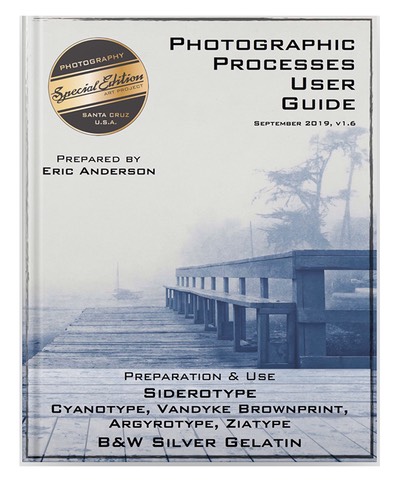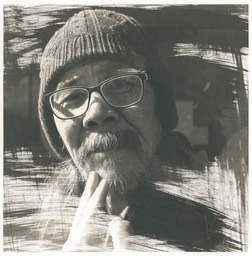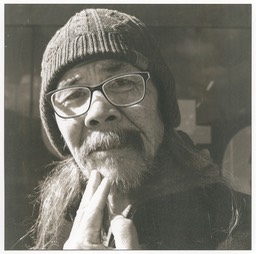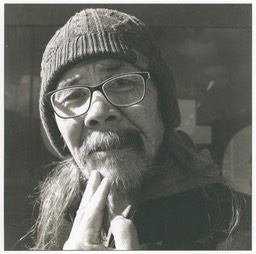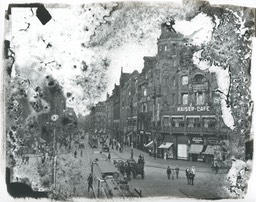Ziatype Process
Ziatype is a highest of quality archival palladium printing process, rivaling the platinum/palladium DOP process (Pt/Pd) in its tonal production and exceeding with its easily produced range of hues, processing ability and affordability. Palladium is faster to print than platinum and achieves a finer, smoother quality under a wider range of conditions and paper choices.
We are very proud to have hosted artist Chris Morrison for the in-house creation and gallery show of her Ziatype prints. These handmade works of art show the true capability of what can be accomplished with the Ziatype process.
Ziatype (named for the ancient American Southwest Anasazi symbol for the sun) is a highly predictable and controllable palladium print out process (POP) developed in the late 1990s in the labs of Bostick & Sullivan by Richard Sullivan. With tremendous assistance from history, collaborator Carl Weese, and the parallel work of our aforementioned Dr. Mike Ware and his collaborator Pradip Malde, Ziatype has come into its own as a serious player in the Siderotype process spectrum. One goal of Ziatype was to eliminate humidity as a major factor in the development process – a significant lever in the Ware / Malde Platino-Palladiotype process. While this goal was attained to a great degree by use of hygroscopic chemistry, Ziatype is still at the mercy of humidity as a lever to be used in tonal hue determination. Ziatype is in its infancy with regard to its capabilities and Special Edition Art Project is excited to dig into this process to discover its treasures, even with its 20% cost premium over Gold toned Argyrotype.
Ziatype was designed to allow color and contrast to be chemistry controlled. A neutral toned image will result with a 1:1 mix of Oxalate and Palladium chemistries. Replacing Palladium with Gold, drop for drop, will result in a cooler image. As more Gold replaces the Palladium, tonality moves into the grays, blues, and purples. Replacing Palladium with Tungsten, drop for drop, will result in a warmer image. As more Tungsten replaces the Palladium, tonality moves into the warm sepias. A print made with 50% Palladium, 25% Gold, and 25% Tungsten will produce blue/black split tones.
1917 - Transitioning from Platinum to Palladium
In the early 1900’s platinum printing was the norm, though palladium had long been thought to be a prime noble metal for Siderotype processes. Owing to its 6:1 cost premium at the time over platinum, palladium had been dismissed as impractical. At that time however, the road to platinum printmaking was becoming agitated, and closing in on 1916, platinum prices began to skyrocket due to several world changing events.
First was that upwards of 90% of the platinum production was controlled by Russia as a state monopoly and subsequently prohibited its export upon the beginning of the First World War in 1914, ceasing completely in the 1917 Russian Revolution. With platinum’s use as a catalyst in the manufacture of munitions, and its now limited supply, Britain imposed an embargo on its use outside of military support. Germany has previously banned the use of platinum for printmaking due to the need for cost effective platinum lighting filaments.
With platinum effectively out of the print making business, palladium became the noble mental of choice for fine art printmakers. With the stamp of approval in 1917 by the Camera Club of London, stating to the technical manager of the Platinotype Company “The introduction of this new printing process would be one of the landmarks of the history of photography”, palladium had made its way to the top of the print making food chain.
